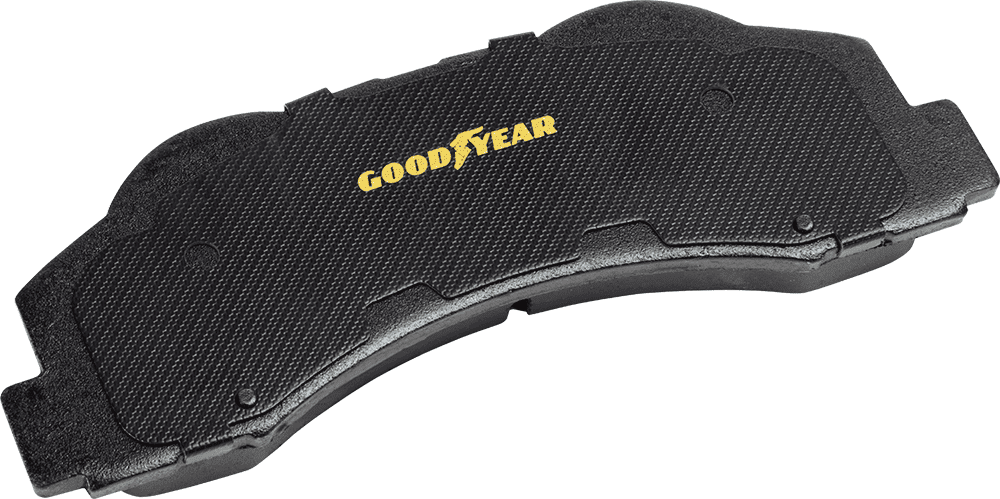The conversation continues about organic vs ceramic brake pads. Which brake pad is better?
Organic Brake Pads
Many new cars come with organic brake pads as original equipment today.
The benefits are many:
- Organic Pads are quiet. They do not contain any metal to scrape against the brake rotors.
- Organic Pads provide a comfortable braking experience. The pads are made from highly compacted carbon, Kevlar fibers, fiberglass, and other material. These materials are bound with resin making their operation smoother.
- Organic pads do not create the brake dust which coats the wheels as other brake pads do.
- They are easy on the brake rotors. With no metal parts, they don’t grind down the brake rotor surface.
But, there are drawbacks.
It’s common for drivers to replace the original brake pads sooner than expected. Because of the softer materials, the pads have a shorter life and must be replaced more often.
Ceramic Brake Pads
- Ceramic brake pads combine the positive characteristics of organic pads but with a longer time between replacements.
- Ceramic pads are quiet, like organic pads. These pads don’t have any metal to scrape against the rotors.
- Ceramic pads provide a comfortable brake pedal feel.
- While ceramic pads create brake dust, it is light-colored and does not show up on the wheels.
- Ceramic pads do not wear out brake rotors because the brake pad friction material is softer than the rotor.
- Ceramic pads are durable. They can last much longer in light and normal driving conditions compared with organic brake pads.
Given the same driving habits, ceramic brake pads are a better alternative, combining longer life, extending the time between brake pad replacements. These pads cost more than organic pads, but they can be less expensive overall due to their extended life.
So, in the organic vs ceramic brake pad battle, which do you prefer. And which do you use in your passenger vehicle or truck?
About Goodyear Brakes
Goodyear Brakes manufactures premium quality brake bundles, calipers, rotors, brake pads and all the hardware required to successfully install brakes, all backed by a national warranty, decades of production experience and one of the best-known names in automotive excellence. The brake pads are manufactured in the USA using a proprietary green production process by a company with more than 50 years of experience in friction science. The Goodyear Brakes product line is available through Goodyear Brakes at Amazon, CarID, Buy Brakes and AutoAnything.
Goodyear (and Winged Foot Design) and Blimp Design are trademarks of The Goodyear Tire & Rubber Company used under license by FDP Virginia Inc., 1076 Airport Road, Tappahannock, VA 22560, USA. Copyright 2020 The Goodyear Tire & Rubber Company. Goodyear Brakes and FDP Virginia are not responsible for its products when they are subjected to improper applications, installation, or accident.
Blogs
Brake Pad Friction Material: Organic
Resources Vehicle manufacturers use different brake pad friction materials in manufacturing brake pads. Here’s a look at organic material brake pads. Organic material brake pads
Brake Pad Friction Material: Ceramic
Resources Understanding the advantages of various friction materials allows you to choose the right material for your vehicle’s brakes. The use of clay and porcelain
Vehicle Brake Pads History
Resources For car and history buffs alike, the history of brake pads is fascinating. Here’s a short look at some interesting highlights. American vehicle manufacturers




